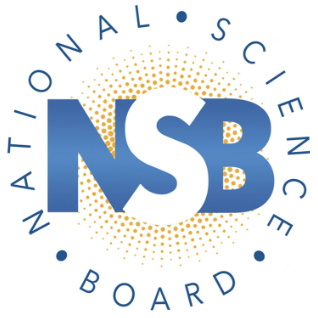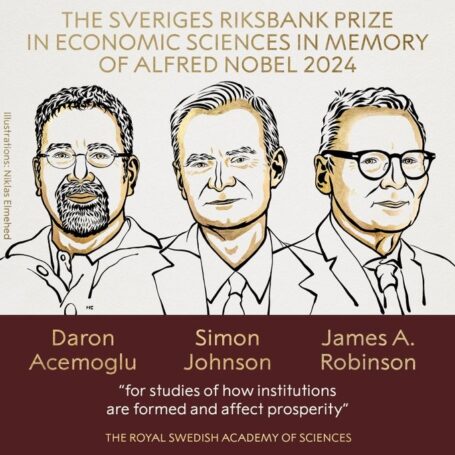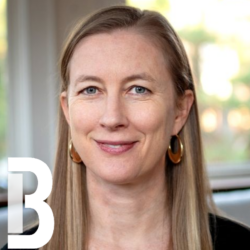Engaging With the Untidy World of Nonprofits
If you represent a professional association and you want to increase engagement from your members, a good place to seek of advice would be Mark Hager’s office at Arizona State University. An associate professor of philanthropic studies at ASU’s School of Community Resources & Development, he spent two years as director of research for the ASU Lodestar Center for Philanthropy & Nonprofit Innovation. While he‘s studied the scope, dimensions, administration, and finances of nonprofits, don’t expect his advice, likely drawn from his recent award-winning paper in the journal Nonprofit and Voluntary Sector Quarterly, to boil down to a simple list of incentives.
As he explains below, the data find that like so many things in life, what works depends.
It depends on the field the association represents, it depends on if the organization is seeking money or sweat equity, and most of all, it depends on what your particular membership wants. Easy to say, but hard to do: give the people what they want.
Hager’s paper caught the attention of the North Carolina State University Institute for Nonprofit Research, Education, and Engagement, which just awarded it the American Society of Association Executives Outstanding Academic Publication on Membership Organizations Award. According to the institute, “The award recognizes an exceptional academic research paper that builds understanding of membership or member-driven organizations … [and] is judged based on the paper’s academic rigor, ability to advance research on associations, and practical value to association managers and policy-makers.” (The full paper, “Engagement Motivations in Professional Associations,” is available free here. He also discusses the paper in more details at the Lodestar Center’s blog here.)
Hager earned his Ph.D. in organizational sociology at the University of Minnesota and he was a senior research associate at the Center on Nonprofits and Philanthropy at the Urban Institute before coming to ASU. Here he discusses how he came to study nonprofits and how professional associations fit into that “buzzing and untidy space.”
What led you to study philanthropic and nonprofit organizations?
I was oriented to community and service as a youth, and I’m a returned Peace Corps volunteer, but I’m not sure I could have told you what a ‘nonprofit’ was before I went to graduate school at the University of Minnesota and joined the latter stages of a study of community organizations in the early 1990s. At the beginning it was just a paycheck for a fledgling graduate student, but I found that the project really resonated with my background and interests. I stayed with it, and my dissertation came from an extension of the larger study. From there, the field opened up to me, and I’ve learned a billion things about philanthropy and nonprofit organizations since those early days.
How is the professional association ecosystem different from the nonprofit sector as a whole? How about academic associations specifically?
The nonprofit sector is such a varied, buzzing, and untidy space. I teach a graduate seminar that focuses largely on the diversity of activity whose only common threads are that they are not businesses (although most nonprofit revenue comes from market activity) and they are not government (although most social and health services are carried out by government contracts with nonprofits). Associations are one specific part of the larger nonprofit sector. They are easier to describe and pinpoint: their primary characteristic is that they are created and governed by members to serve members. A professional association is a good example: people in a particular field create and join a ‘club’ that serves their professional interests.
My study focuses on three professional associations in engineering and two in healthcare, from data collected by the American Society of Association Executives for its Decision to Give report. I haven’t studied academic professional associations specifically, but the association I know the most about is the one I personally belong to and engage with on a regular basis: the Association for Research on Nonprofit Organizations and Voluntary Action. Most professional associations help provide professional identity for its members, but I’d hypothesize that this is particularly pronounced for academic associations. Our professional associations can be key mechanisms through which we build our reputations.
In your view, what is the current state of the association sector in the United States?
They say that whatever happens in the economy, grave diggers will always have a job. Civic engagement has taken a big hit in the United States in our lifetimes, harkening roughly back to World War II when time with the television started taking the place of conversations with our neighbors. Our social arrangements started to form more around our workplaces than our neighborhoods. So, while associationalism now isn’t much like it was for our grandparents, professional associations have bucked the trends of declining engagement. Whatever happens in society, we’ll always need mechanisms for advancing our fields and promoting the development of the people who work in them. Then again, in another 70 years the internet will likely revolutionize all the ways we currently organize ourselves and interact with others.
What do you identify as their greatest current need – money, membership, volunteer work, something else?
In my blog post that summarizes my recent paper, I say that professional associations must have money and members to survive, but this is not the ‘high goal’ of the people who manage those associations. The high goal is engagement. One form of engagement is the volunteer work that members do to keep their organizations running, what I call the ‘co-production’ of outcomes by staff and members. Another form of engagement is the monetary contributions that members make above and beyond their dues; associations survive on dues, but they thrive on the voluntary contributions of their members. The third form of engagement is the commitment demonstrated when members speak highly of the association and recommend it to co-workers. These are the high goals of association workers.
Based on your paper in Nonprofit and Voluntary Sector Quarterly, what advice would you give an association that wanted to increase engagement?
Platitudes are easy, but the research in the paper is messy. I was interested in learning about the relationships between what people value in their association and their willingness to engage with it. So, surely the advice is to give members what they want, and they’ll be happy and engaged. However, one of the main takeaways in the paper comes from pointing to the clear differences in results between the engineering and healthcare associations. I came away from the analysis emphasizing the need for managers to understand their own situations and the needs and motivations of their own members rather than relying on vanilla generalizations about engagement motivations. In order to give members what they want, association managers have to do their own research.
























































































